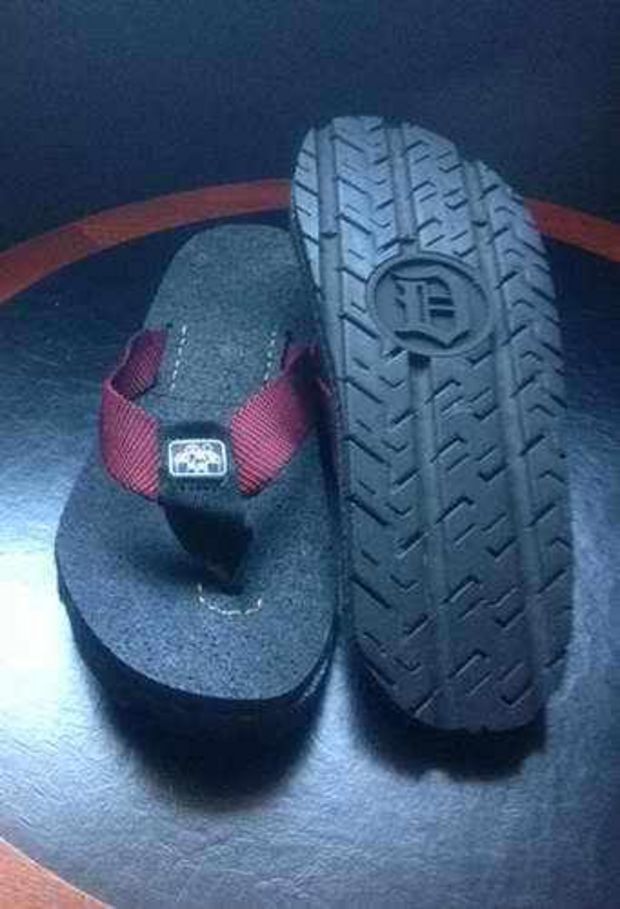| How-To - Wheels and Tires
You just can't write a review on one set of paddle tires and have it cover the whole topic. Just like we wouldn't review a Goodyear Mud Terrain and call its performance indicative of every mud tire, there are so many different styles, options, and designs to consider when talking about paddle tires that you can't lump them all into one category.
For starters, nothing throws mud, snow, or sand like a paddle tire. With any given number of scooping paddles vulcanized or formed to a tire carcass, you'd be hard pressed to find any other method of putting power to the ground that delivers as much bite. But therein lies the predicament. If you overdo it with too many or too aggressive paddles, you'll limit your wheel speed and fun. You want your engine to be able to just barely overcome the grip of the paddles so you can spin the tires to create wheel speed.
Too little grip and you'll wind up shredding your paddles and ruining an expensive set of tires.
There is almost no limit to the number of options you've got in creating a set of paddles. Even when dealing with the production paddles, it's easy to get dizzy trying to figure it out-paddle height, paddle spacing, scoop profile, cut design, and so on. There's no set rule. And then consider overall tire width, vehicle weight, horsepower, suspension design, and wheel style all need to be taken into consideration when selecting the right set of paddles, and you'll see that your best bet is to contact the manufacturers directly for their advice. Our goal here is to simply equip you with some rudimentary info to get you going.
Unlike most off-road tire offerings, paddle tires can either be bought or built. Since many of the over-the-counter manufacturers cater to sand-drag and lightweight sand-buggy enthusiasts, more emphasis is placed on building a lightweight carcass than an overly strong carcass. They also try to create a carcass that will allow the paddle to crown so when the vehicle weight is on it, the paddle is flat to the terrain. With no crown, the center of the paddle won't bite as hard as the outer edges. To that end, most-if not all-paddle tires you can buy from dedicated manufacturers will have thin carcasses that are prone to debris punctures.
They also try to create a carcass that will allow the paddle to crown so when the vehicle weight is on it, the paddle is flat to the terrain. With no crown, the center of the paddle won't bite as hard as the outer edges. To that end, most-if not all-paddle tires you can buy from dedicated manufacturers will have thin carcasses that are prone to debris punctures.
If you want a little added insurance, certain companies will vulcanize paddles to the bias-ply carcasses you supply. The benefit is twofold: you get a stronger carcass and a wider selection of tire diameters. Most over-the-counter paddles are in the 33-inch-and-smaller sizes. The downside is that it's harder to find a good carcass that's as wide as the over-the-counter versions, and the thicker carcasses won't all allow the paddles to crown. It's also common for guys to use drag slicks as the basis for a set of paddles, whether regular or wrinkle wall. Just watch your sliding and side-hilling if you go with the thin carcass.
For starters, it's not always true that the more paddles you have the more bite you'll get. It's a trade-off whether you want a larger number of shorter, less aggressive paddles or a smaller number of taller, more aggressive paddles. On the one hand, the shorter paddles will usually allow a bit more wheel speed, and the shorter paddles don't deliver the same vicious bite as the taller paddles. On the other hand, you usually pay per the paddle, so a tire with more than 30 paddle cups is going to set you back more than a tire with only eight cups.
The number of paddles obviously plays into the paddle spacing. Again, more paddles mean less spacing. If you've got a really high-horsepower vehicle (like more than 900 hp) and your vehicle is relatively light, you'll want to go with a tightly spaced, tall-cupped paddle tire. Conversely, if you're dealing with a regular 200hp, 3,000-pound Jeep, you'll probably be better off going with slightly fewer, much less aggressive cupped paddles.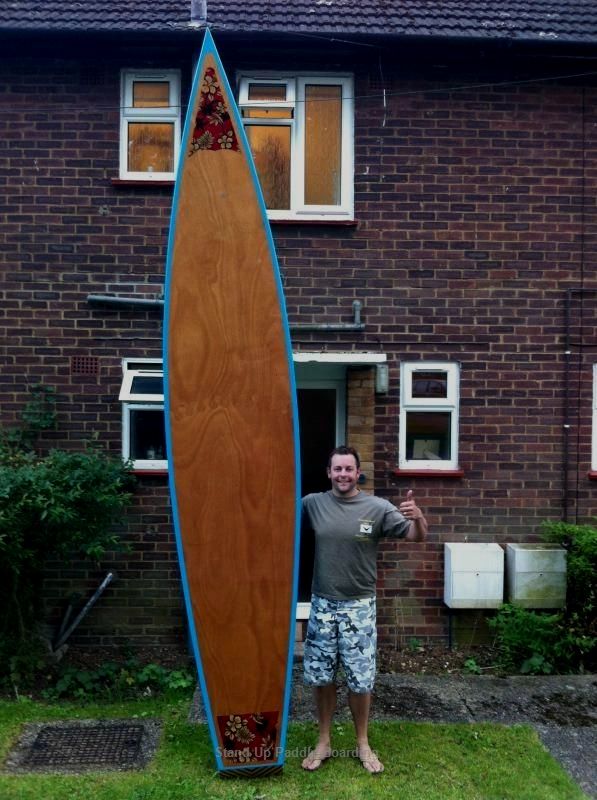
And whether taller or shorter, there are several different over-the-counter cup or scoop profile designs for paddles ranging from mild to full performance. Different manufacturers offer different terminology to describe their paddle cut styles and designs. For example, Skat-Trak offers four over-the-counter paddle styles that range from 11/4 inches tall to 21/4 inches tall. And of those, there are varying degrees of profile and thickness to offer more or less flexibility, bite, and wheel speed. Thinner paddles will offer more slip, which is beneficial for lower-horsepower vehicles. Thicker paddles will give more bite, which is good for heavier vehicles or rigs with big power. What's more, you can alternate thick and thin paddles on the same tire. And of those paddle designs, the company offers the option of offsetting the paddles on the carcass if the width allows to increase flotation with little to no drawback in bite.
While we admit it's a fool's errand trying to spec out one paddle tire design that works equally well for every Jeep out there, we'll lay out the specs of Sand Tires Unlimited's 1650 Padla Trak tire, which in the sand community has a good reputation for performance on moderately built Jeeps and buggies.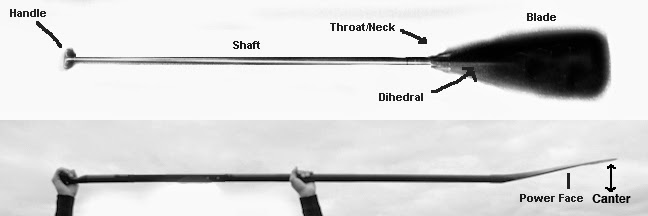 The company recommends its thin paddles for low-horsepower rigs and the thick paddles for rigs with up to 450 hp.
The company recommends its thin paddles for low-horsepower rigs and the thick paddles for rigs with up to 450 hp.
-Four-ply nylon cord construction
-33-inch height when mounted on an 18-inch-wide wheel at 5 psi
-Thirty-six 11/2-inch-high paddles spaced at 3 inches apart
-Equal number of thick and thin paddles alternately spaced
-Tire crowns for better compression
-Crazy sand traction
-Throws roosts like a jet boat
-Aggressive looks
-Single-purpose design
-Not for street or firm terrain
-Poor paddle and sidewall durability in debris-laden sand
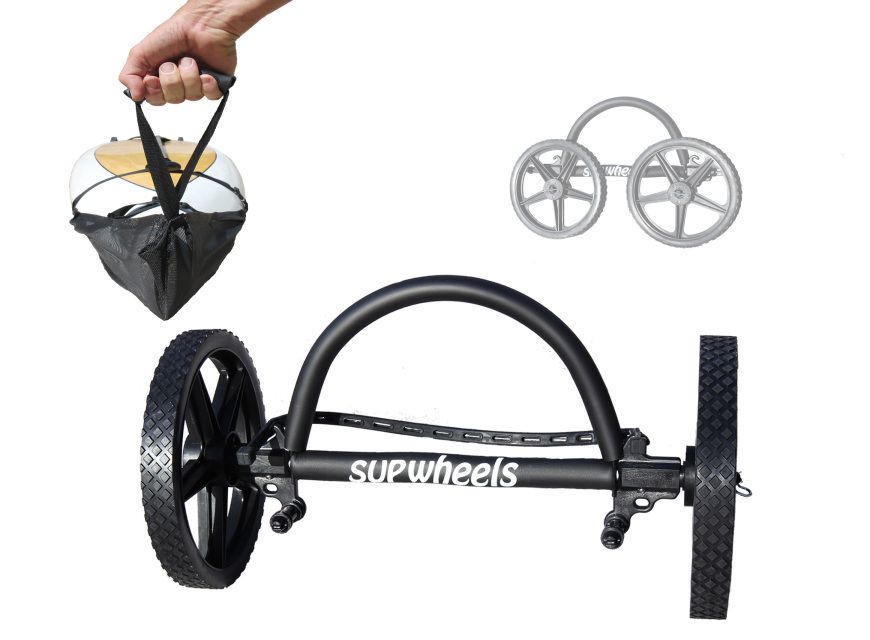 S. in 2022
S. in 2022California Prop 65 Warning. This item may cause cancer or reproductive harm. For more info visit https://www.p65warnings.ca.gov/
Sold As: 1 Sand Paddle Tire
Part Number: STUSB3317/1
Quantity:
For years I've been asked, "what size sand tires are best for my vehicle?" It's important to realize that there are
TWO major factors in choosing the correct tire for your vehicle.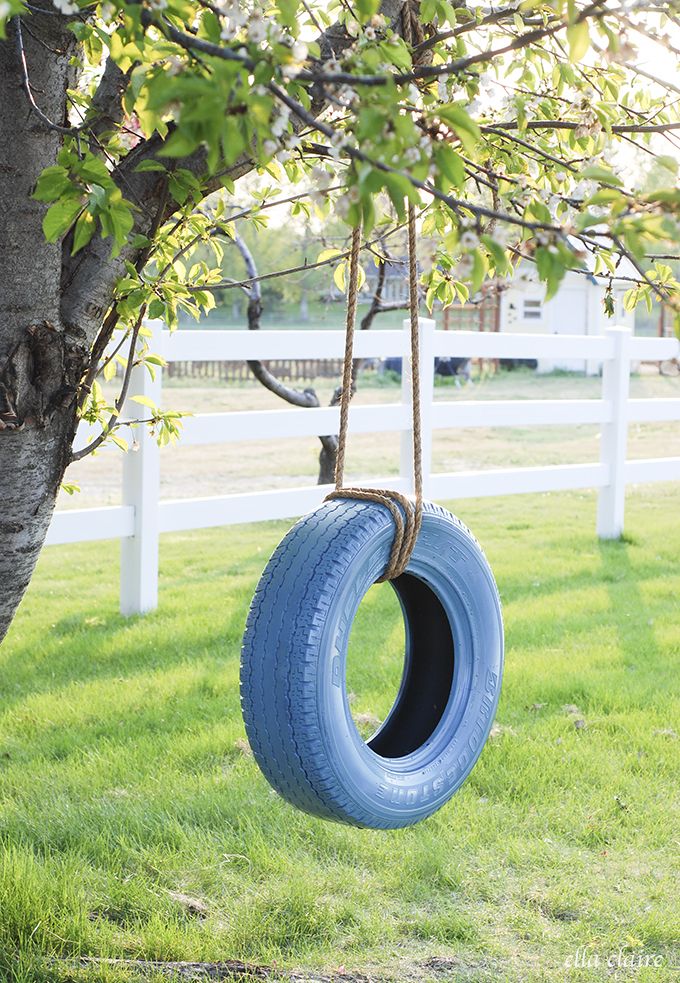 The first is obviously the amount of horsepower and torque that you have. But the second, less obvious, is the amount of wheel travel you have. Often times people will build vehicles with tremendous wheel travel which requires a large diameter tire,
The first is obviously the amount of horsepower and torque that you have. But the second, less obvious, is the amount of wheel travel you have. Often times people will build vehicles with tremendous wheel travel which requires a large diameter tire,
the engine and transmission they choose aren't strong enough to carry this load.
If your vehicle has too much wheel travel and too small of a tire, when you launch the vehicle and come down on a hard landing, you're going to bottom out the vehicle on the ground. If you buy the correct diameter tire to compensate for your wheel travel and don't have enough horsepower and torque to turn the tires, then you're going to have a miserable time in the dunes with your engine bogging down.
Front Sand Tires:
For front sand tires, you're going to need to know if the tire will rub your car when you turn all the way left or all the way right. If you don't have tires yet, turn your steering wheel all the way to one side.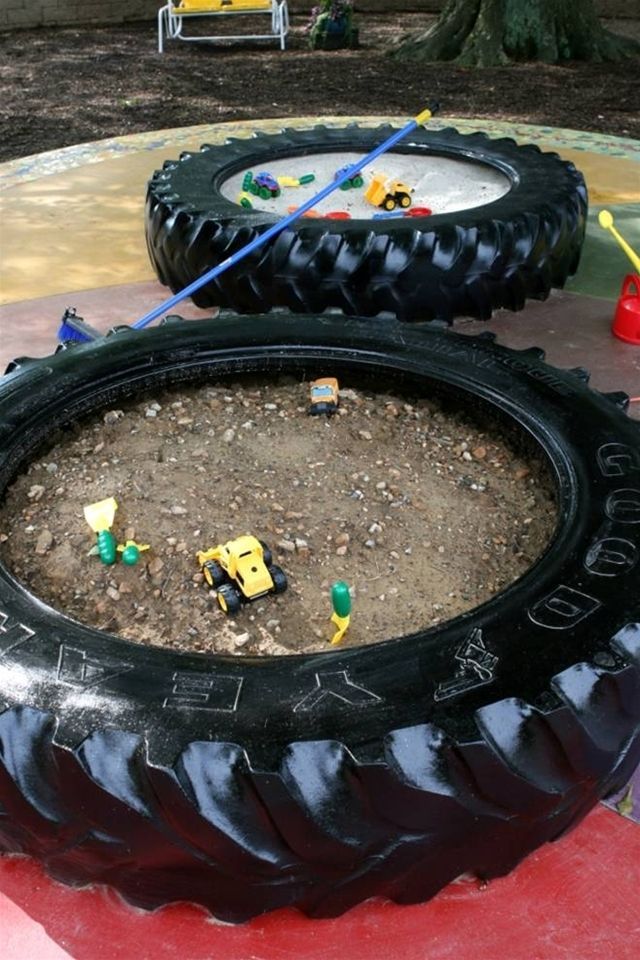 Measure from the center of the spindle towards your chassis and double that dimension. For example, if from your spindle to your chassis you have 15" then a 30" diameter tire is going to rub the side of your vehicle and you'll need something smaller in diameter or you're going to have to limit your turning radius.
Measure from the center of the spindle towards your chassis and double that dimension. For example, if from your spindle to your chassis you have 15" then a 30" diameter tire is going to rub the side of your vehicle and you'll need something smaller in diameter or you're going to have to limit your turning radius.
Rear Sand Paddle Tires:
Now let's figure out what your wheel travel is. See below diagram. If you don't have tires yet, collapse the suspension all the way. Measure from the center of your spindle or axle to the bottom of your chassis. Take that dimension and double that dimension. For example, if from the spindle or axle to the bottom of your chassis, you have 15" then a 30" diameter tire is going to be too small and if you launch the vehicle, you're going to bottom out the car on the ground. You would want several inches from the bottom of the chassis to the ground at full compression because the sidewall of the tire is going to compress if you come down from a hard landing.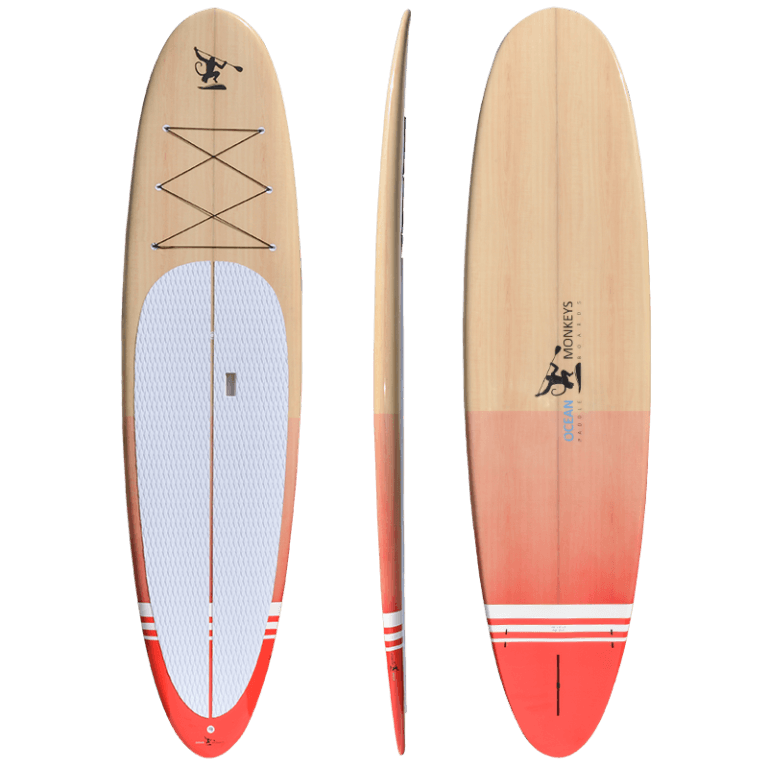
After you figure out the diameter of tire that you'll need, the next big question is, do you have enough horsepower and torque to turn these tires?
The Sand Blaster Series was developed for use on today's heavy long travel cars with high horsepower. Unlike the Padla Traks which are focused on flotation, the Sand Blasters focus is on bite. Sand Blasters are narrower, taller, and have a more aggressive paddle design that is stronger, taller, and extends farther to the sidewall with a flatter center crown. This high traction design allows high horsepower cars to better utilize their power instead of overpowering the tires and tearing paddles.
This design is heavier, offers less flotation, and puts more stress on the powertrain. With high horsepower and a strong drivetrain you can use raw power to stay on top of the sand and climb even the steepest of hills with little effort.
You can choose the amount bite a tire has by selecting a paddle number cut. These cuts differ in the paddle height and thickness, with No. 1 being the smallest. You can also choose the 'Pro' version for the 15" wheel size which has the more aggressive paddle that are on the 17" size tires. Sand Blasters are available in 15", and 17" wheel sizes.
1 being the smallest. You can also choose the 'Pro' version for the 15" wheel size which has the more aggressive paddle that are on the 17" size tires. Sand Blasters are available in 15", and 17" wheel sizes.
| Part Numbers | Wheel Size | Height | Tread Width | Cut |
| STU-SB3315/1 | 15" x 12" | 33" | 16" | 1 |
| STU-SB3315/2 | 15" x 12" | 33" | 16" | 2 |
| STU-SB3315PRO/1 | 15" x 12" | 33" | 16" | Pro 1 |
| STU-SB3315PRO/2 | 15" x 12" | 33" | 16" | Pro 2 |
| STU-SB3317/1 | 17" x 12" | 33" | 16" | 1 |
| STU-SB3317/2 | 17" x 12" | 33" | 16" | 2 |
| STU-SB3617/1 | 17" x 12" | 36" | 17" | 1 |
| STU-SB3617/2 | 17" x 12" | 36" | 17" | 2 |
To save our customers money on shipping charges, we offer vacuum packing to reduce the overall size of the package.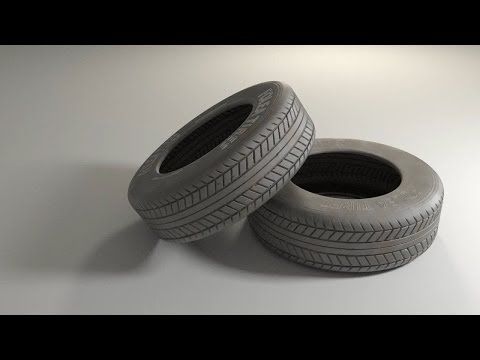 All shipping carriers will charge by actual weight or cubic inches of volume, whichever is
All shipping carriers will charge by actual weight or cubic inches of volume, whichever is
. Sand tires are so large, that shipping carriers charge by "dimensional weight" instead of actual weight because the cubic volume of space that the sand tire uses is greater than the actual weight of the sand tire. To solve this problem, when a customer purchases wheels, we can vacuum the tire down on the wheel so the shipping carrier will now charge by the actual weight of the package and greatly reduce the shipping cost.
10/11/2019
The largest propellers reach the height of a three-story building. At the time when the screw steamer SS Great Britain was being built, propeller molds took up to 10 days to make. Today, thanks to computer technology, an automated manipulator does this in a couple of hours.
The shape of the propeller is entered into the computer, and a diamond drill at the end of the arm cuts out of huge foam blocks a perfect copy of the blade with an accuracy of 1 mm.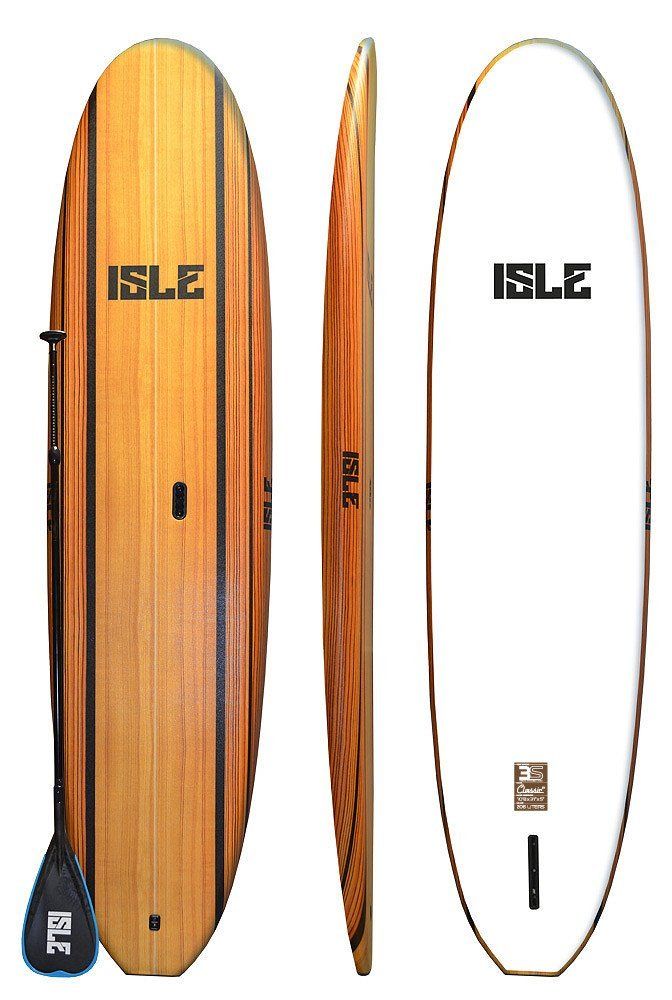 The finished model is then placed in a mixture of sand and cement in order to obtain an accurate impression. After the concrete has cooled, the form, consisting of two halves, is connected together and the metal melted to 3000 degrees is poured into it. The screw must be strong enough to withstand thousands of tons of pressure and not corrode in salty sea water. The most common propeller materials are steel, brass and bronze. In recent years, plastics have also been used for this purpose.
The finished model is then placed in a mixture of sand and cement in order to obtain an accurate impression. After the concrete has cooled, the form, consisting of two halves, is connected together and the metal melted to 3000 degrees is poured into it. The screw must be strong enough to withstand thousands of tons of pressure and not corrode in salty sea water. The most common propeller materials are steel, brass and bronze. In recent years, plastics have also been used for this purpose.
A non-ferrous alloy for propellers was called "cunal". It has the strength of steel, but resists corrosion much better. Cunial can stay in water for decades without rusting. To give the alloy extreme accuracy, 80% copper must be supplemented with 5% nickel and 5% aluminum, plus 10% other metals. Remelting is carried out at a temperature of 3200 degrees.
After quality control, the "cocktail" of molten metals is poured into the mould. To avoid air entering the structure, the metal is poured in an even stream.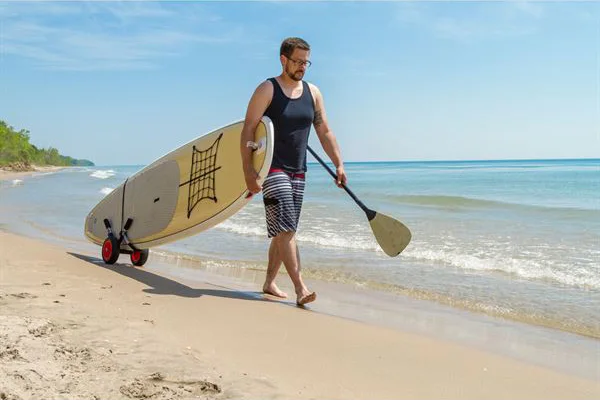 The mold cools down for two days, after which the blades are released from the mould.
The mold cools down for two days, after which the blades are released from the mould.
The efficiency of a propeller depends on the smooth and streamlined shape of the blades. The surface of the molded part is not ideal and is covered with casting skin. A laser gauge is used to determine the layer thickness. After that, the excess layer is removed with a tungsten carbide cutter. The propeller is then polished to a perfectly smooth surface until the casting skin thickness is 1.6 micromillimetres. As a result, the surface acquires the smoothness of glass. But, sadly, propellers of incredible beauty are doomed to hard work, hidden from human eyes under the sea waves.
The propeller is a highly individual product and for each modern vessel or ship it must have an optimal shape in order to slide and capture the required amount of energy, taking into account operating conditions. The main problem with all propellers is cavitation. The fact is that under water, when they rotate on the blades, an area of \u200b\u200blow pressure arises, in which water literally begins to boil, even at low temperatures.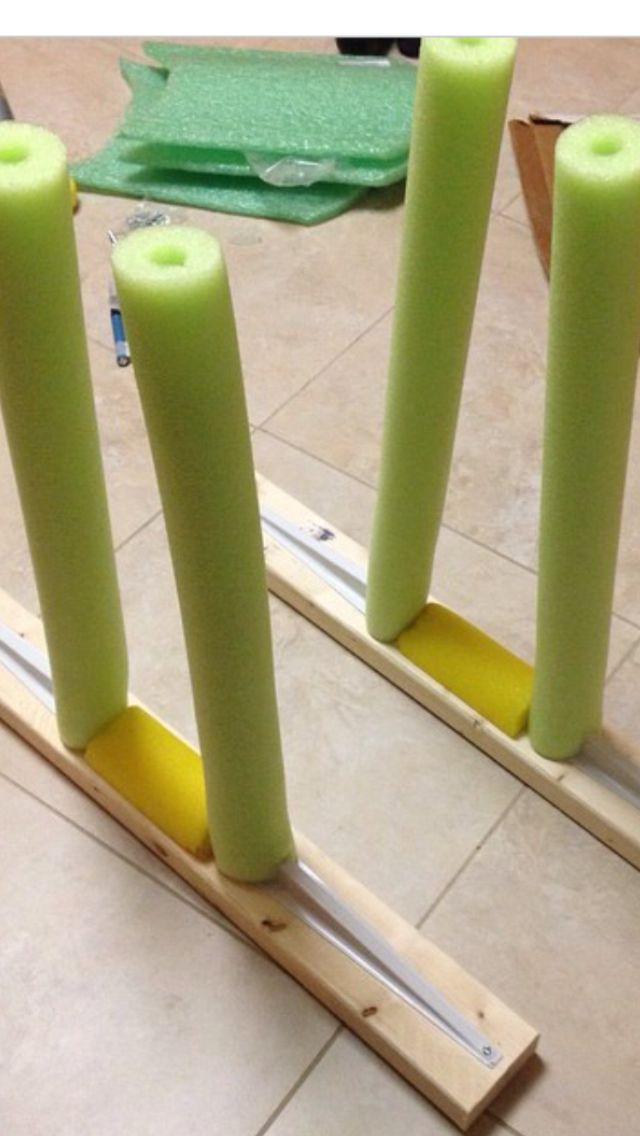 Therefore, the propellers are tested on special stands, where they select the optimal parameters for the operation of the propeller and check the correct angle of the blades.
Therefore, the propellers are tested on special stands, where they select the optimal parameters for the operation of the propeller and check the correct angle of the blades.
Today, of all types of existing propellers, the propeller occupies the leading role, and so far there is no reason to believe that in the coming years there will be a more effective replacement for it.
The world's 7 largest propellers
Large ships need huge turbines and propellers to move heavy loads against ocean waves. The larger the propeller of the ship, the greater will be its speed and power. In this collection, we will look at the largest ship propellers of different ships.
1. "Emma Maersk"
According to Marine Insight, the largest propeller was built by the German company Mecklenburger Metallguss GmbH: a propeller weighing 131 tons is intended for the once largest container ship in the world "Emma Maersk" 397 m long, 56 m wide and with a side height of 68 m. With such a propeller, the ship can reach speeds of up to 27 knots.
With such a propeller, the ship can reach speeds of up to 27 knots.
2. Container ship owned by Hapag-Lloyd
This container ship has perhaps one of the largest marine propellers ever built, a 6-blade propeller with a diameter of 9.1 m weighs 101.5 tons. Its height is comparable to the height of a three-story building.
3.Oasis of the Seas
The largest passenger ship also has some of the world's largest propellers built by ABB. Six-meter propellers with rotary blades provide greater maneuverability of the vessel.
4. Titanic
The Titanic was one of the largest ships of its time. Accordingly, its screws were also the largest at that time. Three bronze propellers with separate engines were built for it. The two outer screws weighed 38 tons, while the central one weighed 17 tons.
5. Queen Elizabeth 2
The Queen Elizabeth 2 was another ship that had huge propellers.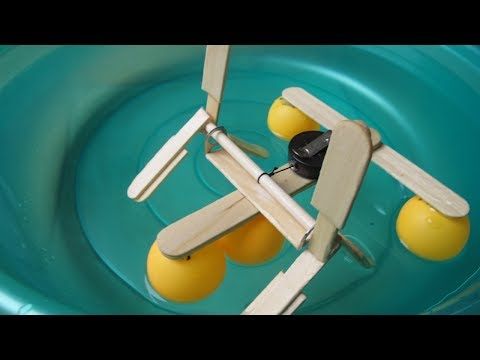 Two propellers with a diameter of 6.7 m and a weight of about 43 tons were installed on it, and spare blades were constantly stored on the front deck of the vessel. The vessel was launched in 1969 and decommissioned in 2008.
Two propellers with a diameter of 6.7 m and a weight of about 43 tons were installed on it, and spare blades were constantly stored on the front deck of the vessel. The vessel was launched in 1969 and decommissioned in 2008.
6. Palmer
blades. The screws are made of a strong alloy, giving them extra strength. Even in ice, a ship can move at a speed of three knots.
7. Elation
Elation's Finnish-built propellers are also among the largest in the maritime industry.
Related news
25.10.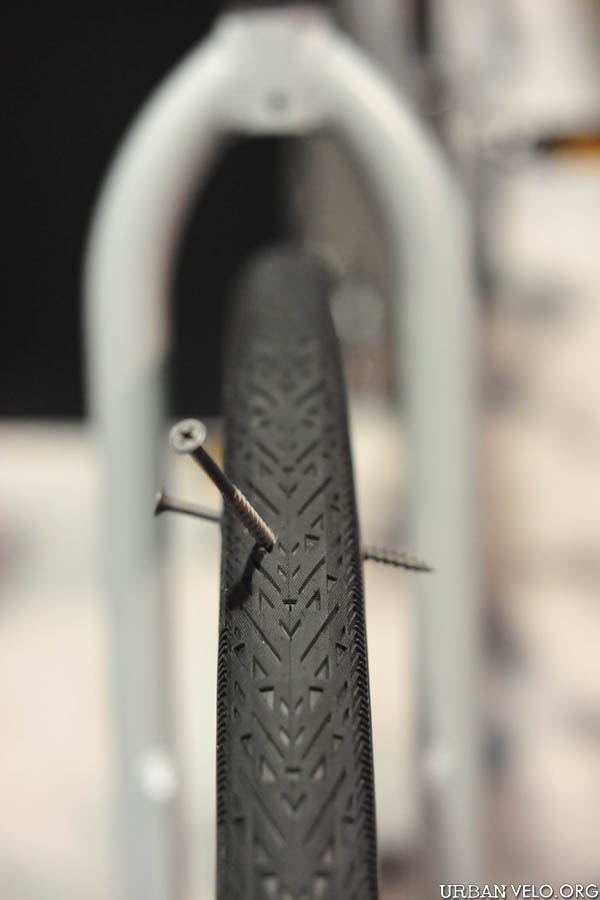 2019
2019
The first semi-submersible wind turbines
The world’s first semi-submersible wind turbines were shipped from the Spanish port of El Ferrol to the […]
07/05/2019
Boat painting robot
Hapag-Lloyd is testing a ship painting robot system. The Palfinger system (Austria) consists of several units, […]
04.10.2019
Flying Dutchmen
The Dutch Jan van Dam Shipping ordered from the Dutch eConowind a propulsion system developed by the company […]
01/16/2019
Farm in a container
CMA CGM has decided to support the Agricool project for the use of containers in agriculture […]
12/11/2019
Vali through Murmansk
#ValicherezMurmansk – under such a provocative hashtag was the presentation of the Deputy Governor of the Murmansk Region Olga Kuznetsova […]
06/17/2019
Volvo and DFDS test driverless tractor
Volvo showed how the electric unmanned tractor they developed works. The machine that received the female name […]
The machine that received the female name […]
Please note: This content requires JavaScript.
Log in
Remember me
Please note: This content requires JavaScript.
Please note: This content requires JavaScript.
Tubeless tires can hardly be called the know-how of the bicycle industry, however, they still raise questions for many. The topic itself, as a rule, is surrounded by a lot of skepticism and distrust, which are more often explained by a lack of understanding of basic things and a lack of experience in riding such wheels. To dispel all these doubts, we answer the main questions related to tubeless technologies.
These are bicycle tires that do not have a tube. At the same time, tubeless technology is not only about tires. We are talking about a whole wheel system, which also includes a special rim and a sealant that gives the wheel anti-puncture properties. The tubeless concept makes the bike more comfortable to use and improves its riding performance, which will be discussed in order.
We are talking about a whole wheel system, which also includes a special rim and a sealant that gives the wheel anti-puncture properties. The tubeless concept makes the bike more comfortable to use and improves its riding performance, which will be discussed in order.
How long ago did this technology appear and can it be trusted?
Those who hear about bicycle tubeless for the first time usually tend to be suspicious of them. You can dislike this technology for subjective reasons, but you definitely shouldn’t distrust it. Tubeless tubes have been massively used for cars and motorcycles for several decades, and during this time they have not given reason to doubt their reliability.
The first tubeless systems for bicycles appeared in 1999, when the French rim brand MAVIC, in collaboration with tire manufacturer Hutchinson, presented their concept of a simple and effective tubeless wheel. In the 2000s, this technology remained the prerogative of mainly professional athletes, who quickly appreciated its main advantages: lighter weight, more air in the wheel, good "traction" and durability.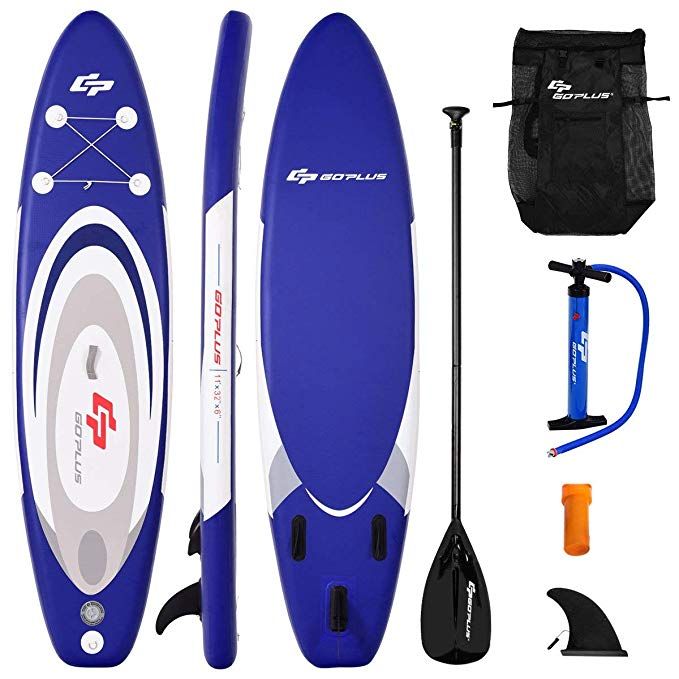
In recent years, tubeless has finally ceased to be perceived as something exotic. For example, today a significant part of the MTB and almost all touring cars come with such wheels as standard. A wide variety of sealants are also available on the market, and the number of those who are discovering the benefits of tubeless technology is steadily increasing.
The tubeless system provides a special rim and tires that are labeled tubeless ready or TR. However, the rims themselves are easy to distinguish visually - they have a low side and characteristic walls with recesses, forming a kind of lock in which the tire cord is wedged when air is injected. Due to this, in the inflated state, the rubber reliably and hermetically “sits” on the rim, without breaking off the wheel even at low pressure. The rim itself is additionally glued with a sealing tape, after which the nipples are installed separately.
The benefits of tubeless wheels are revealed no matter how often and what kind of bike you ride: whether it's weekend trips, extreme downhill or long-distance touring. Nevertheless, for certain categories of cyclists tubeless still open up more opportunities: first of all, we are talking about those who are seriously passionate about off-road.
Nevertheless, for certain categories of cyclists tubeless still open up more opportunities: first of all, we are talking about those who are seriously passionate about off-road.
When actively driving off-road with tubeless tubes, you can ride on lowered wheels and at the same time not be afraid of such an unpleasant type of puncture as a snake bite. Low tire pressure, in turn, gives better handling, dampens vibrations more effectively and generally provides more comfort on difficult tracks. If we are talking about cyclists, then they appreciate tubeless for their anti-puncture qualities.
Road bikes also use tubeless wheels. Moreover, they are the pioneers of this technology. But road tubeless tubes are a different story: they are designed for different operating pressures and have tangible design differences. Therefore, further we will talk mainly about those tires that are put on mountain, touring and city bikes.
These are the two rim formats that define the features of a tubeless wheel assembly. BST is a standard that involves the installation of a special sealing tape that prevents air from leaking through the holes in the spokes. This is the most common version of tubeless systems.
BST is a standard that involves the installation of a special sealing tape that prevents air from leaking through the holes in the spokes. This is the most common version of tubeless systems.
UST is a blind rim in which an additional bridge isolates the spoke holes. Thus, there is no need for laying a sealing tape. In practice, this greatly simplifies life, because when installing a tire (especially without proper experience), the tape tends to crush, which is why you have to reassemble the wheel. It is easy to guess that such rims also have a drawback - their price.
The tubeless system in the form in which we wrote it above is already a full-fledged wheel, it can be installed on a bicycle and hit the road. But there is an important nuance. First of all, tubeless tubes are valued for their anti-puncture qualities: for this, a small amount of a special liquid, a sealant, is poured inside the tire.
Yes, you can.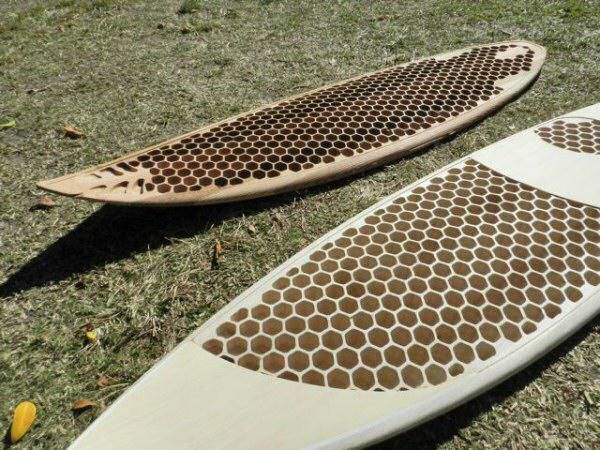 But you should not do this. Firstly, this is illogical: for no reason you are depriving yourself of the main advantage of tubeless - the anti-puncture effect. But more importantly, it is very difficult (or even impossible) to inflate such a tire in a completely flat state with a portable pump: to do this, you need either a strong floor pump or a booster. Naturally, no one will take such bulky things with them on the road. Filled with sealant 95% of punctures "seal" without a critical loss of pressure, and in most cases there is no need for even light pumping. Thus, the probability of being with a flat tire is very low.
But you should not do this. Firstly, this is illogical: for no reason you are depriving yourself of the main advantage of tubeless - the anti-puncture effect. But more importantly, it is very difficult (or even impossible) to inflate such a tire in a completely flat state with a portable pump: to do this, you need either a strong floor pump or a booster. Naturally, no one will take such bulky things with them on the road. Filled with sealant 95% of punctures "seal" without a critical loss of pressure, and in most cases there is no need for even light pumping. Thus, the probability of being with a flat tire is very low.
So, if you put tubeless, sealant is still needed. Such fluids are easy to find in any bike shop, they are inexpensive and require replacement on average once every three to four months, so there is no need to talk about any inconvenience. Yes, in order to cope with the fill, you need to acquire a certain skill, but this is much easier than constantly changing broken cameras. In addition, sealant can be replaced once a season in a specialized service.
In addition, sealant can be replaced once a season in a specialized service.
Bicycle sealants are based on fine particles (rubber or polymer fibers) suspended in a liquid carrier. Inside the wheel, the sealant does not polymerize: it is in a liquid state and is distributed along the inside of the tire during movement. When a puncture occurs, the air flow begins to push the solution out. A fine suspension clogs the hole, and the sealant dries quickly. Thus, there is a reliable "sealing" of the puncture.
If we talk about typical punctures - collisions with thorns, wires, small glasses - such damage is self-healing without a noticeable loss of pressure. Usually, a puncture can only be guessed from a small spot on the surface of the tire. Naturally, the sealant works with more complex damage. You can count on it even if you pierce the wheel with a thick nail, 4-5 mm in diameter. If you don't understand how a liquid can seal such holes, you can watch numerous crash tests on YouTube that demonstrate the miraculous properties of sealants.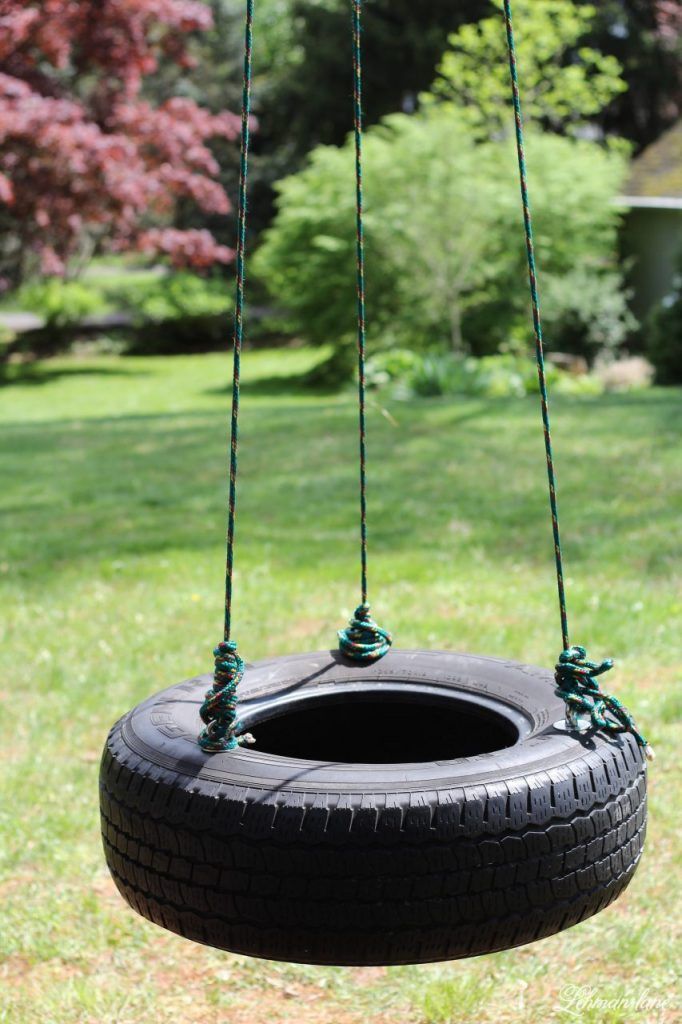
The consumption per tire is from 50 to 100 ml. If we are talking about standard MTV tires, the golden mean is about 60 ml per wheel. The exact dosage will always be written on the bottle. It is difficult to get confused even for those who do not like to read instructions: most sealants have measuring containers or a dosage scale on the bottle itself.
Here, too, everything is conditional and depends on the characteristics of the specific composition and intensity of punctures. In the absence of serious damage that entails the leakage of a large volume of sealant, you can easily skate a whole season on one fill. Some cyclists prefer to do an incomplete start-up gas station and gradually add 20-30 ml of fluid every two to three months. You can also navigate by how effectively the sealant works: if you see that small punctures are sealed with a strong deflation of the wheel, it may be that the composition is no longer enough and it needs to be added. Be that as it may, sealant is a very economical thing that lasts for a long time.
Be that as it may, sealant is a very economical thing that lasts for a long time.
The sealant inside the tubeless tends to dry out, forming a characteristic film. Whether or not to clean the tire cavity is up to you. This is a purely aesthetic moment, which does not affect the operation of the anti-puncture fluid. The sealant can simply be added as it dries and not bother with unnecessary worries. It is more likely that the tire will completely wear out than it will have time to completely clog with dried filler.
Serious damage - large diameter punctures, small cuts, run over nails with subsequent tire rupture - are repaired using special repair worms. These are rubber or fibrous bands that are inserted into the hole to reduce its area and allow the sealant to seal the puncture.
With long longitudinal cuts it is more difficult. Here you need to either sew up the dissection with nylon threads, or stick a patch on the inside of the tire.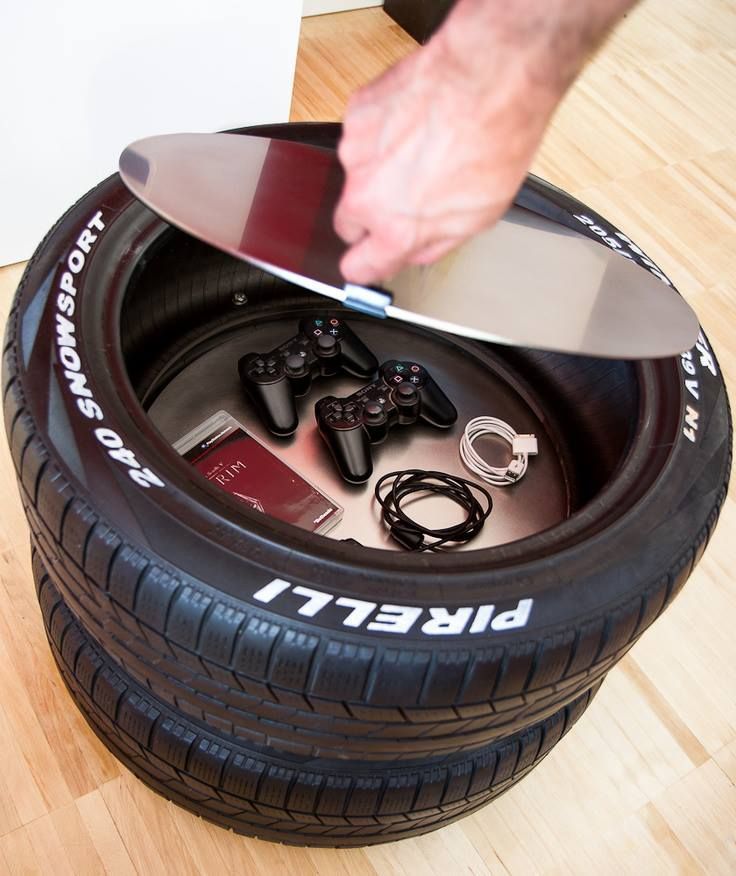 You don’t have to worry about the tightness of the repair site - the sealant will do this work, of course, if it does not have time to leak out. But being able to inflate a completely flat tire with only a portable pump will require skill.
You don’t have to worry about the tightness of the repair site - the sealant will do this work, of course, if it does not have time to leak out. But being able to inflate a completely flat tire with only a portable pump will require skill.
In fairness, we note that such complex injuries are rare for most cyclists. But for those who are seriously passionate about off-road, it is better to play it safe with a spare camera. In this case, having caught a cut, you can always drain the sealant, unscrew the nipple from the rim and install a regular camera. And in order not to drive with a “hernia” protruding outward, we recommend placing, for example, a bill folded in half under the cut on the tire.
Tubeless allows you to forget about such an unpleasant form of damage as a "snake bite" forever. It usually happens when at full speed you catch a pothole in the pavement, unsuccessfully jump onto a curb or run into a stone on a downhill.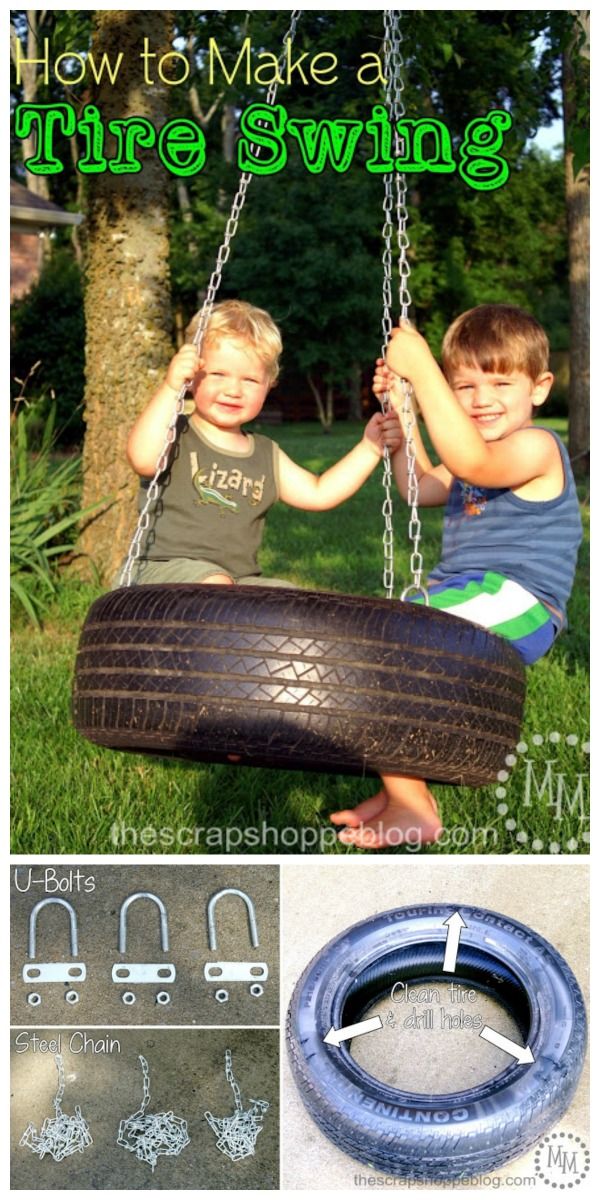 Hitting the edge of a hard object, the tire is crushed, and the rim walls work like incisors, damaging the chamber in two places. In tubeless wheels, this scenario is excluded, because. there is nothing to break through here. Of course, it can be assumed that the rim will cut the tire itself, but this should be a blow of enormous force, which is almost never encountered in practice.
Hitting the edge of a hard object, the tire is crushed, and the rim walls work like incisors, damaging the chamber in two places. In tubeless wheels, this scenario is excluded, because. there is nothing to break through here. Of course, it can be assumed that the rim will cut the tire itself, but this should be a blow of enormous force, which is almost never encountered in practice.
Rejection of the chamber increases the volume of air in the wheel. This changes the contact patch (it becomes flatter) and allows the wheels to better absorb off-road bumps. Add here the ability to ride at low pressure, without being afraid of a snake bite, and it becomes completely clear why tubeless lovers of hard off-road riding so idolize. Soft tires with a large contact patch "fit" all the bumps in the road, giving excellent traction on rocks, forest primers and other off-road.
In addition to traction, tubeless tires improve shock absorption, dampen vibrations better, and generally provide more off-road comfort. At the same time, to get the most out of this rubber, you need to experiment a lot with tire pressure, trying to find the indicators that will best suit your individual riding style.
At the same time, to get the most out of this rubber, you need to experiment a lot with tire pressure, trying to find the indicators that will best suit your individual riding style.
Finally, the camera is extra grams. By refusing them, you can save an average of 70-100 g of weight on each wheel. For some, this may seem like a formality, but it is worth considering the fact that extra grams on the periphery of the wheel have a stronger effect on driving performance. This difference is especially felt on road bikes: road bikes, gravel, touring.
They also exist. Moreover, it is far from formal. First, it's the price. The difference becomes especially noticeable when you buy tubeless systems separately: rims, tires + small things (tape, removable nipples, sealant). For tubeless you will have to pay an average of one and a half times more than for ordinary wheels, plus or minus the same class. And if we are talking about more advanced UST rims, then this means another + 30-40% to the cost.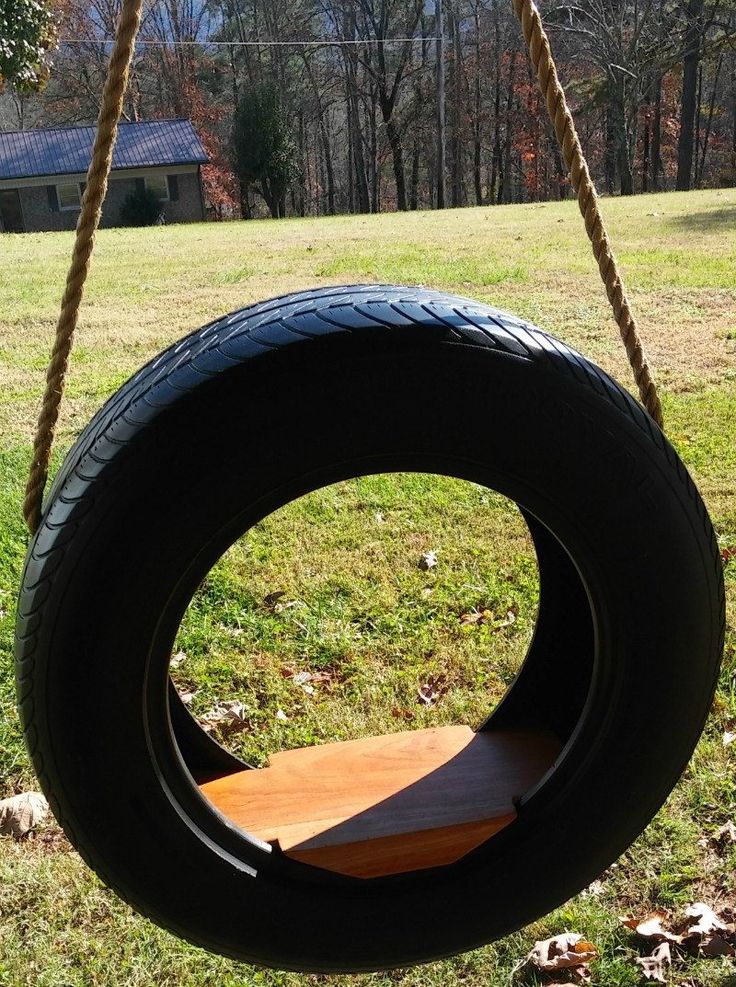
With tubeless by default, everything is more difficult in terms of installation (here we are talking about conventional BST systems). You need to learn how to properly glue the tape, accurately insert the nipples, carefully install tight rubber, making sure not to displace the tape and not fill everything with sealant. On the other hand, all this comes with experience, but what you will always have to put up with is the difficulty with pumping a completely flat tire.
A tubeless tube cannot be inflated until its landing board snaps into place on the rim. To do this, you need to sharply introduce air into the tire. The tire should straighten up and fall into the grooves with a characteristic click - then it can be safely pumped further. This all sounds simple if there is a compressor in the garage. Putting a tubeless tube into the grooves by pumping air with an ordinary floor pump is quite difficult, and almost impossible with a portable bicycle pump.
All this makes life much more difficult.